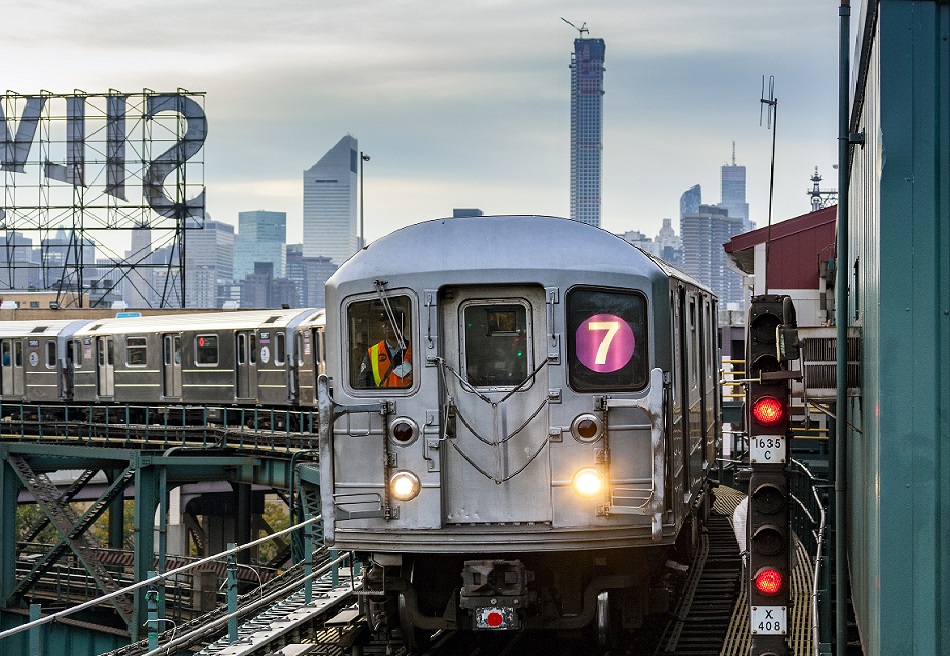
iStock
Sept. 17, 2019 By Allie Griffin
The Metropolitan Transportation Authority (MTA) released its proposed 2020-2024 capital plan Monday that calls for a $51.5 billion investment in the region’s subways, buses and railroads over the next five years.
The proposal outlines a series of projects the authority hopes to tackle in that time, including adding 1,900 new subway cars, making 70 stations ADA accessible, replacing outdated signal systems, and building phase two of the Second Avenue subway to East Harlem.
The proposed funding is the highest in the MTA’s history, increasing the investment level by 70 percent over the current plan. The plan would invest nearly $40 billion in the New York City Transit’s subways and buses alone, $5.7 billion in the Long Island Rail Road, $4.7 billion in Metro-North Railroad, and $3.3 billion in MTA Bridges and Tunnels.
The proposal calls for about 175 subway stations to be repaired and the replacement of 60 miles of subway track. The MTA plans to add modern signaling systems to six additional segments of the system–including along the N and W lines between Ditmars Blvd. and 57th Street in Manhattan.
The plan would also see the replacement of 2,200 buses with new electric, hybrid and compressed natural gas bases. The bus fleet would also be expanded by about 175 additional buses.
The capital plan comes two years after the MTA launched its Subway Action Plan where it has spent nearly $1 billion to make short-term fixes to the decaying system.
“The system has been stabilized and this capital plan offers us an extraordinary opportunity to now modernize it and provide world-class transit options to New Yorkers in an unprecedented time frame, and as we move forward we will rise to that challenge on behalf of our customers,” said MTA New York City Transit President Andy Byford.
The proposal is dependent on the MTA securing the $50-plus billion to pay for it. About $15 billion is expected to come from bonds issued against the revenue generated by congestion pricing. Another $10 billion will be issued against new sources of tax revenue.
The MTA anticipates another $10.68 billion from federal funding programs and said that Governor Andrew Cuomo pledged $3 billion from the state, pending legislature approval. The agency has asked Mayor Bill de Blasio and the City of New York to pledge an equal amount as Cuomo.
The remaining $9.8 billion would come from the MTA bonds backed by longstanding dedicated taxes, fares and revenues from existing tolling.
20-24 Capital Plan Overview… by Queens Post on Scribd
One Comment







They also need to think about re-designing subway entrances, and waiting areas. They have become hang-outs for mentally ill homeless men and panhandlers. One subway stairwell near a De Blasio homeless shelter, serves as a harassing roost.